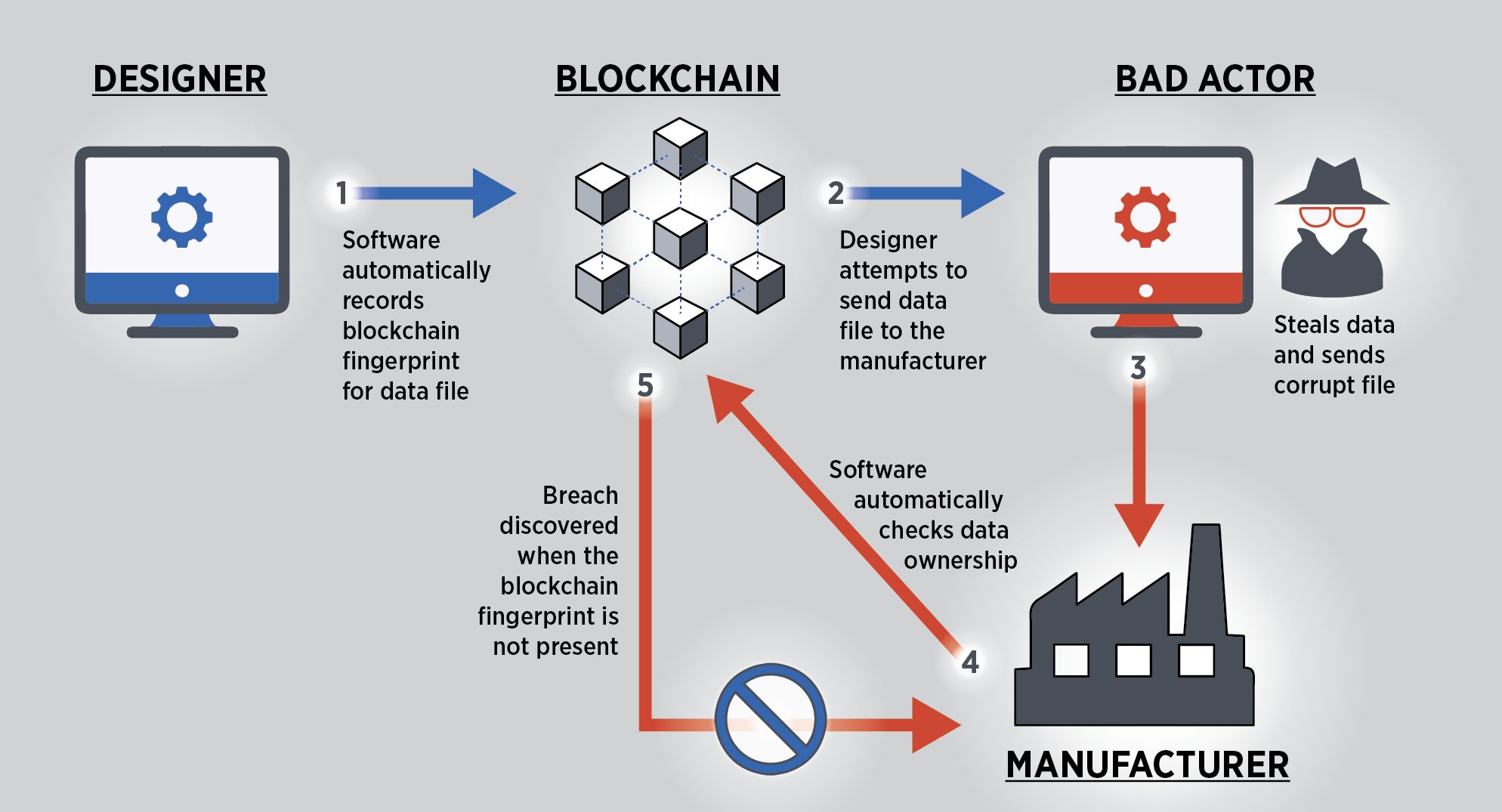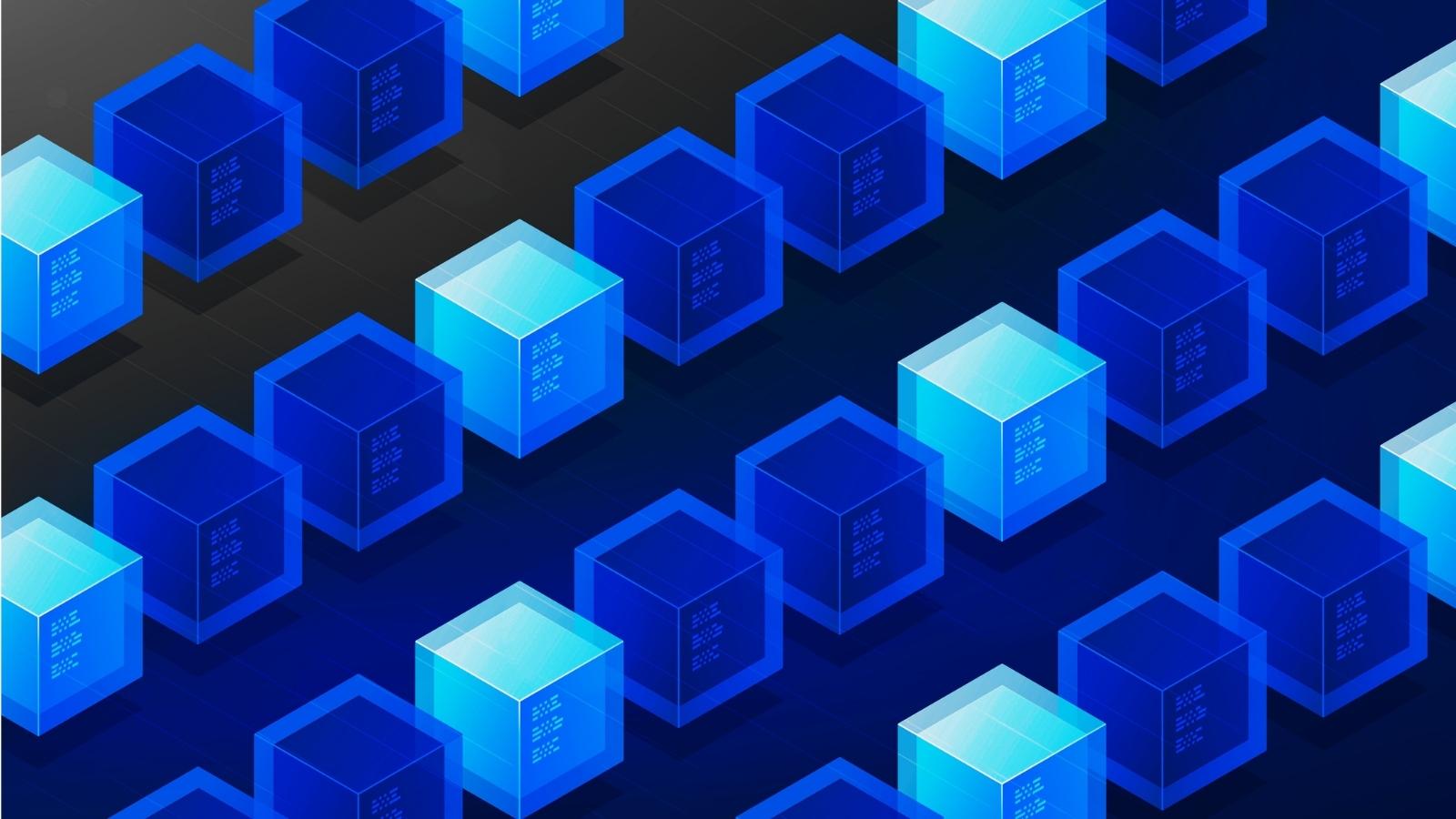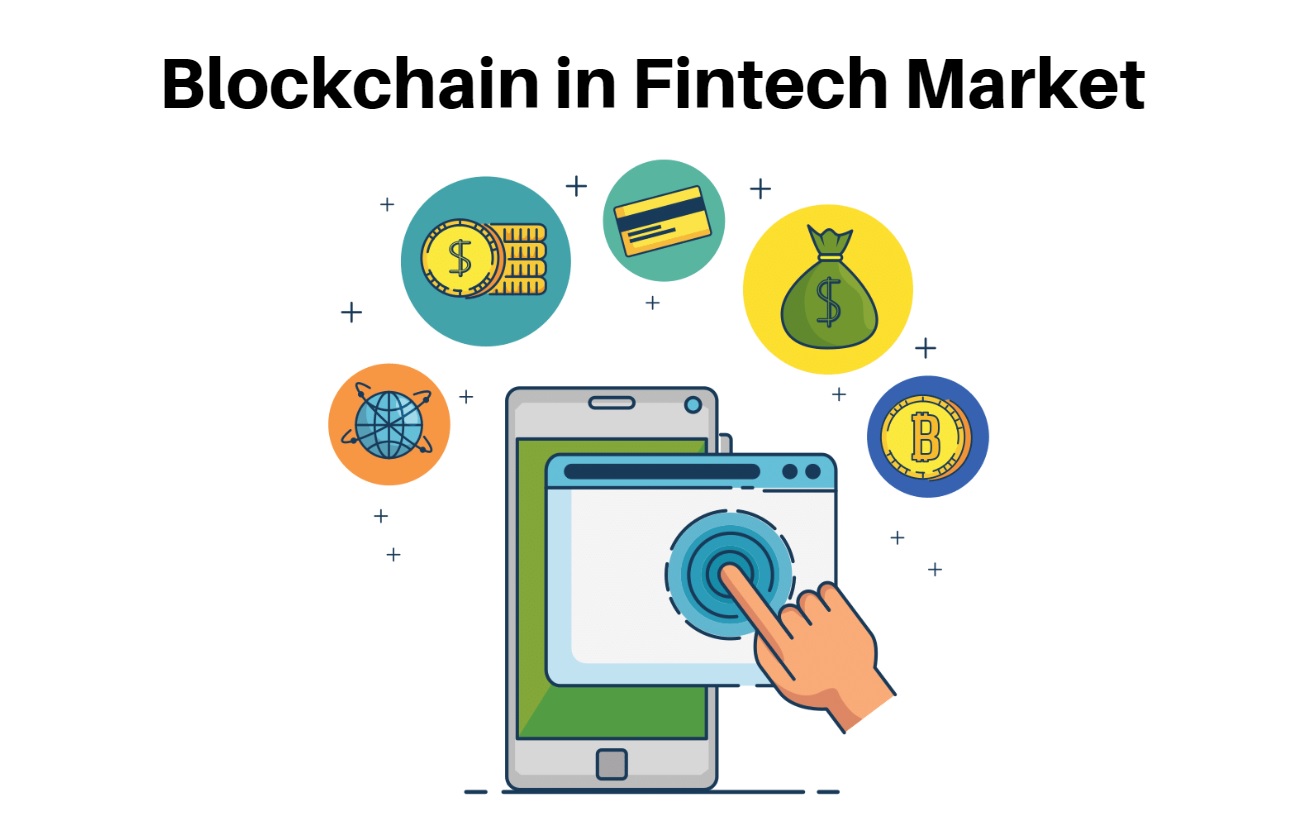Introduction
Blockchain technology has captured the attention of industries across the globe, revolutionizing various sectors such as finance, supply chain management, and healthcare. One area where blockchain is gaining significant traction is in the realm of identity management.
Traditionally, identity has been governed by centralized systems, where individuals rely on government-issued IDs or passwords to prove their identity. However, these systems are fraught with security risks, including data breaches and identity theft. Enter blockchain identity – a decentralized solution that aims to address these issues and provide individuals with greater control over their personal data.
Blockchain identity, also known as self-sovereign identity (SSI), leverages the inherent characteristics of blockchain technology to enable users to assert and manage their own identities. By eliminating the need for intermediaries and central authorities, blockchain identity ensures greater privacy, security, and transparency.
In this article, we will explore the fundamentals of blockchain identity, how it works, and its potential applications and limitations in the real world. We will also delve into the benefits that blockchain identity offers and its role in revolutionizing the concept of digital identity.
By the end of this article, you will have a clear understanding of the concept of blockchain identity and its implications for individuals and organizations alike.
Defining Blockchain Identity
Blockchain identity, also referred to as self-sovereign identity (SSI), is a digital identity management system that utilizes blockchain technology to empower individuals with complete control over their personal information. Unlike traditional identity systems, which rely on centralized authorities and intermediaries, blockchain identity allows individuals to manage and assert their identities autonomously.
At its core, blockchain identity is based on the principles of decentralization, immutability, and privacy. The decentralized nature of blockchain ensures that no single entity has control over the identity information. Instead, the identity data is stored in a distributed network of computers, known as nodes, which collectively maintain a secure and tamper-proof record of transactions.
Through cryptographic mechanisms, blockchain identity ensures the integrity and authenticity of identity information. Identity attributes, such as name, age, and address, are encrypted and stored on the blockchain. Users can authenticate their identities using private cryptographic keys, eliminating the need for passwords or other vulnerable forms of authentication.
One of the key principles of blockchain identity is self-sovereignty. This means that individuals have complete ownership and control over their personal data. They can choose which information to share and with whom, reducing the risk of data breaches and identity theft. With blockchain identity, individuals can establish trust by providing verifiable proof of their attributes without relying on a central authority.
Moreover, blockchain identity allows for interoperability between different systems and platforms. This means that individuals can have a single digital identity that can be used across various applications and services. This eliminates the need for multiple accounts and passwords, simplifying the user experience while enhancing security.
In summary, blockchain identity is a revolutionary concept that offers individuals the power to manage their identities securely and independently. By leveraging the decentralized and transparent nature of blockchain, it provides a robust and trustworthy framework for digital identity management.
The Basics of Blockchain Technology
Before diving deeper into blockchain identity, it is essential to understand the basics of blockchain technology itself. Blockchain is a distributed ledger that records transactions in a transparent and tamper-proof manner. Let’s explore the key elements of blockchain technology:
Decentralization: Unlike traditional centralized systems, where a central authority maintains control over the data, blockchain operates in a decentralized manner. The data is stored across a network of computers (nodes), ensuring that no single entity has full control or can alter the information without consensus from the network.
Immutability: Once a transaction is recorded on the blockchain, it is nearly impossible to alter or delete. Each transaction is linked to the previous one, forming a chain of blocks. This property makes the blockchain resistant to fraud and tampering.
Transparency: Blockchain provides transparency as every transaction and modification on the network is visible to all participants. This transparency ensures accountability and trust among the network participants.
Consensus Mechanism: To maintain the integrity of the blockchain, a consensus mechanism is employed. This mechanism ensures that all participants agree on the validity of the transactions before they are added to the blockchain. Popular consensus mechanisms include Proof-of-Work (PoW) and Proof-of-Stake (PoS).
Smart Contracts: Smart contracts are self-executing contracts with predefined rules and conditions that are stored and executed on the blockchain. These contracts enable automation and can execute transactions and enforce agreements without the need for intermediaries.
Blockchain technology provides a robust and secure platform for storing and managing data. It eliminates the need for intermediaries, ensures transparency, and enhances trust among participants.
Understanding the basics of blockchain technology sets the foundation for comprehending how blockchain identity works and the advantages it brings to the realm of digital identity management.
What Problems Does Blockchain Identity Aim to Solve?
Traditional identity systems often suffer from several inherent problems, including security vulnerabilities, lack of privacy, and limited user control. Blockchain identity aims to address these issues and provide innovative solutions. Let’s explore the problems that blockchain identity seeks to solve:
Security Risks: Centralized identity systems are vulnerable to data breaches and hacking attacks. Once personal information is stored in a central database, it becomes a valuable target for malicious actors. Blockchain identity mitigates these security risks by distributing identity data across a network of nodes. This decentralized storage and encryption mechanisms make it significantly more difficult for hackers to compromise the integrity of personal information.
Identity Theft: Identity theft is a growing concern in the digital age. With centralized identity systems, a single breach can expose a vast amount of sensitive personal data, which can then be used for fraudulent purposes. Blockchain identity ensures that individuals have control over their own data and can provide verifiable proof of their identity without divulging all of their personal information.
Lack of Privacy: In traditional identity systems, users often have limited control over their personal information and how it is shared. Organizations may collect and store vast amounts of personal data without proper consent. Blockchain identity empowers individuals by giving them complete ownership of their personal data and allowing them to decide who can access and use it.
Identity Verification: Traditional identity verification processes can be time-consuming, costly, and prone to human error. Blockchain identity offers a more efficient and reliable way to verify an individual”s identity. Through cryptographic mechanisms, individuals can provide proof of their attributes without revealing unnecessary personal details.
User Control: With centralized identity systems, users often have limited control over their own information. They rely on third parties to validate and manage their identities. Blockchain identity gives users the freedom to manage and control their personal information, promoting self-sovereignty.
By addressing these issues, blockchain identity aims to revolutionize identity management, providing increased security, privacy, and user control. As the world becomes more digitally connected, the need for a decentralized and trustworthy identity system becomes increasingly imperative.
How Does Blockchain Identity Work?
Blockchain identity is built upon the principles of decentralization, cryptography, and transparency. It leverages the unique features of blockchain technology to provide individuals with control over their digital identities. Let’s take a closer look at how blockchain identity works:
Decentralization: In a blockchain identity system, identity data is not stored in a central authority’s database. Instead, it is distributed across a network of computers, known as nodes. Each node maintains a copy of the blockchain, ensuring redundancy and preventing a single point of failure.
Distributed Ledger: The identity data is encrypted and recorded as transactions on the blockchain. Each transaction represents a specific attribute or piece of information related to an individual’s identity. These transactions form a chain of blocks, creating a transparent and tamper-proof record of the identity history.
Cryptography: Cryptographic mechanisms are used to secure the identity data. Each user is assigned a pair of cryptographic keys – a public key and a private key. The public key is visible to others and can be used to verify the authenticity of the identity data. The private key, kept securely by the user, is used to sign transactions and assert ownership of the identity data.
User Control: With blockchain identity, individuals have complete control over their personal information. They can choose which attributes to disclose, to whom, and for what purpose. For example, if a user wants to verify their age, they can provide a cryptographic proof of their age attribute without revealing their exact birthdate.
Verification and Trust: In a blockchain identity system, trust is established through cryptographic proofs and consensus mechanisms. Verifiable credentials, such as education degrees or professional certifications, can be stored on the blockchain. These credentials can be validated by relying parties without the need for a central authority, reducing friction and improving efficiency.
Interoperability: Blockchain identity enables interoperability between different applications and services. Users can have a single digital identity that can be used across various platforms and services, eliminating the need for multiple accounts and passwords. This seamless integration allows for a smoother user experience and better data portability.
By combining the power of decentralization, cryptography, and transparency, blockchain identity provides a robust and secure framework for managing digital identities. It gives individuals ownership and control over their personal information while establishing a trustful and verifiable environment for identity verification.
The Role of Cryptography in Blockchain Identity
Cryptography plays a crucial role in ensuring the security and integrity of blockchain identity systems. It provides the necessary tools and algorithms to protect identity data, authenticate users, and enable secure transactions. Let’s explore the key roles of cryptography in blockchain identity:
Identity Authentication: Cryptography enables users to prove their identity and authenticate themselves securely. In a blockchain identity system, each user is assigned a pair of cryptographic keys – a public key and a private key. The public key serves as an identifier and can be freely shared with others, while the private key is kept confidential and used for cryptographic signing.
Hash Functions: Cryptographic hash functions are used to ensure the integrity of identity data stored on the blockchain. A hash function takes in an input (such as an identity attribute) and produces a fixed-size string of characters, known as a hash value. Even a minor change in the input will generate a completely different hash value, making it practically impossible to reverse engineer the original data.
Public/Private Key Encryption: Cryptography enables secure communication between users in a blockchain identity system. Public key encryption allows individuals to encrypt data using the recipient’s public key. Only the corresponding private key can decrypt the encrypted data, ensuring that sensitive information stays secure during transmission.
Digital Signatures: Digital signatures are used to verify the authenticity and integrity of identity data on the blockchain. When a user signs a transaction with their private key, it creates a unique digital signature. This signature can be verified using the user’s public key, ensuring that the transaction was indeed authorized by the owner of the identity.
Zero-Knowledge Proofs: Zero-knowledge proofs are cryptographic protocols that allow individuals to prove possession of certain information without revealing the actual data. In blockchain identity, zero-knowledge proofs enable users to authenticate their identity attributes without disclosing unnecessary details, enhancing privacy and security.
By employing these cryptographic techniques, blockchain identity ensures secure authentication, tamper-proof data storage, and privacy-enhancing measures. Cryptography allows users to have confidence in the integrity and security of their digital identities while minimizing the risk of data breaches and unauthorized access.
Benefits of Blockchain Identity
Blockchain identity offers numerous benefits compared to traditional centralized identity systems. By leveraging the features of blockchain technology, it brings about significant advantages for individuals and organizations alike. Let’s explore the key benefits of blockchain identity:
Security: Blockchain identity mitigates security risks associated with centralized systems. The decentralized nature of blockchain makes it difficult for malicious actors to compromise or tamper with identity data. Encrypted transactions and cryptographic authentication mechanisms provide an additional layer of security, ensuring that only authorized users can access and interact with identity information.
Privacy: Privacy is a crucial concern in today’s digital world. Blockchain identity grants users greater control over their personal information. Through cryptographic techniques, individuals can selectively disclose specific attributes without revealing unnecessary details. This privacy-enhancing feature prevents unnecessary collection and exposure of personal data, reducing the risk of data breaches and identity theft.
User Control and Self-Sovereignty: Blockchain identity empowers individuals with ownership and control over their personal data. Users can manage and assert their own identities without relying on centralized authorities or intermediaries. They have the freedom to choose which attributes to disclose, to whom, and for what purpose. This self-sovereignty fosters a sense of autonomy and trust in the digital realm.
Interoperability and Efficiency: Blockchain identity enables seamless interoperability across applications and services. Users can have a single digital identity that can be used across multiple platforms, eliminating the need for separate accounts and passwords. This unified identity experience streamlines processes, reduces redundancy, and enhances user convenience.
Trust and Verifiability: Trust is a fundamental consideration in identity systems. Blockchain identity utilizes cryptographic mechanisms to establish trust among users and relying parties. Verifiable credentials, stored on the blockchain, can be validated without the need for a central authority, reducing reliance on third-party verification processes. This promotes transparency, accountability, and confidence in the authenticity of identity data.
Reduced Costs and Fraud: Blockchain identity reduces costs associated with identity verification and management. By removing the need for intermediaries and manual verification processes, it streamlines operations and increases efficiency. The immutability and transparency of blockchain records also help mitigate identity fraud, as fraudulent activities on the blockchain can be easily identified and traced.
Overall, blockchain identity offers enhanced security, privacy, user control, interoperability, trust, and cost-effectiveness compared to traditional identity systems. It empowers individuals, protects their personal data, and ushers in a new era of digital identity management.
Challenges and Limitations of Blockchain Identity
While blockchain identity brings numerous benefits, it is important to acknowledge the challenges and limitations associated with its implementation. Some of the key challenges and limitations of blockchain identity are:
Scalability: Blockchain networks face scalability challenges in terms of processing a large number of transactions. As the number of users and transactions on the blockchain increases, it can lead to slower transaction processing times and higher fees. This scalability issue needs to be addressed for widespread adoption of blockchain identity.
Regulatory Compliance: Blockchain identity operates across borders and can present challenges in terms of compliance with different regulatory frameworks. Personal data protection laws and cross-border data transfer regulations pose challenges when it comes to storing and sharing identity information on a blockchain. Striking a balance between privacy, security, and compliance is essential.
Data Ownership and Responsibility: With blockchain identity, individuals have control over their personal data. However, this also places the responsibility on the users to protect their private keys and manage their identities effectively. There is a risk of data loss if private keys are lost or compromised, potentially resulting in permanent loss of access to the blockchain identity.
User Experience: Blockchain technology, including blockchain identity, is still in its early stages of development. The user experience and interface design may not be as intuitive or user-friendly as traditional systems. Improving the user experience is crucial to drive user adoption and acceptance of blockchain identity solutions.
Adoption and Integration: Blockchain identity needs widespread adoption and integration across various industries and sectors to reach its full potential. Collaboration among different stakeholders, such as governments, businesses, and individuals, is necessary to establish a unified approach and overcome interoperability challenges.
Centralization vs. Decentralization: While blockchain identity aims to decentralize control, there may still be instances where centralized entities play a role. For example, in certain scenarios, trusted third parties or authorities might be required to attest to individuals’ identities, which introduces a level of centralization that contradicts the principles of blockchain technology.
Education and Awareness: Blockchain identity introduces a paradigm shift in traditional identity management. Educating individuals and organizations about the benefits, risks, and proper usage of blockchain identity is essential. Raising awareness and providing educational resources will pave the way for effective adoption and utilization of blockchain identity solutions.
Despite these challenges and limitations, ongoing research, technological advancements, and collaborative efforts among industry players offer the opportunity to overcome these hurdles. With continuous innovation and refinement, blockchain identity has the potential to revolutionize digital identity management on a global scale.
Real-World Applications of Blockchain Identity
Blockchain identity has the potential to disrupt various industries and transform the way digital identities are managed. Let’s explore some of the real-world applications of blockchain identity:
Financial Services: Blockchain identity can revolutionize the financial services industry by streamlining customer onboarding and Know Your Customer (KYC) processes. With blockchain identity, individuals can securely prove their identity, reducing the time and complexity of opening bank accounts, applying for loans, and conducting financial transactions.
Healthcare: Blockchain identity can enhance the security and privacy of healthcare records. Patients can have control over their personal health information and selectively share it with healthcare providers, improving coordination of care and data accuracy. Blockchain identity can also enable secure sharing of medical research data, leading to more comprehensive studies and advancements in medical treatments.
Supply Chain Management: Blockchain identity can be used to verify the authenticity and provenance of products at each stage of the supply chain. Through verifiable credentials and smart contracts, the blockchain can track and validate the identities of suppliers, manufacturers, and distributors, reducing the risk of counterfeit goods entering the market.
Government Services: Governments can leverage blockchain identity to streamline citizen services, such as issuing passports, licenses, and voting verification. Blockchain identity can provide a secure and transparent platform for managing and verifying citizen identities, reducing bureaucracy and enhancing trust in government processes.
Education and Credentials: Blockchain identity can disrupt the traditional education and credentialing systems. It allows for secure storage and verification of academic degrees, certifications, and other qualifications. This enables instant verification and eliminates the need for manual verification processes, making hiring procedures and background checks more efficient and reliable.
Internet of Things (IoT): Blockchain identity can help secure the identity and trustworthiness of IoT devices. By allocating unique identities to devices and enabling secure authentication and communication, blockchain identity ensures the integrity of data collected from connected devices, enhancing privacy and preventing unauthorized access.
Humanitarian Aid and Identity: Blockchain identity can assist in providing identity verification for refugees and people in need of humanitarian aid. By storing verifiable identity data on the blockchain, organizations can ensure that aid reaches the intended recipients, reduce identity fraud, and streamline the delivery of essential services.
These are just a few examples of how blockchain identity can be applied in various sectors to improve security, streamline processes, and empower individuals. As the technology continues to advance and gain wider adoption, we can expect to see even more innovative applications of blockchain identity in the real world.
The Future of Blockchain Identity
The future of blockchain identity holds tremendous potential for innovation and transformation in the way we manage digital identities. Here are some key developments and trends that are shaping the future of blockchain identity:
Standards and Interoperability: The development of standards and protocols for blockchain identity is crucial for widespread adoption and interoperability. Efforts are already underway to establish common frameworks, such as the Decentralized Identity Foundation (DIF) and the World Wide Web Consortium (W3C), which aim to create consensus and enhance interoperability among different blockchain identity solutions.
Decentralized Identifiers (DIDs): Decentralized Identifiers (DIDs) are a fundamental building block of blockchain identity. DIDs provide a unique blockchain-based identifier for entities, such as individuals, organizations, or devices. The future will see further advancements in DIDs, ensuring their global scalability, usability, and compatibility across different blockchain platforms.
Self-Sovereign Identity (SSI): The concept of self-sovereign identity, where individuals have complete control and ownership over their digital identities, will continue to gain traction. SSI puts individuals in charge, allowing them to manage their personal data, selectively disclose information, and assert their identities across various services and applications.
Integration with Other Technologies: Blockchain identity has the potential to be integrated with other emerging technologies, such as artificial intelligence (AI), biometrics, and Internet of Things (IoT). Combining these technologies can enhance authentication mechanisms, improve security, and enable seamless and secure identity management in a wide range of contexts.
Enhanced Privacy and Consent Management: Privacy remains a significant concern in the digital world. The future of blockchain identity will bring advancements in privacy-preserving techniques, allowing individuals to have greater control over their personal data and giving them the ability to manage consent preferences for data sharing and usage.
User Experience Improvements: User experience will be a key focus area for the future of blockchain identity. Efforts will be made to create intuitive and user-friendly interfaces that simplify the complexities of blockchain technology. This will drive greater adoption and acceptance of blockchain identity solutions among individuals and organizations.
Regulatory and Legal Frameworks: The future of blockchain identity will involve the establishment of regulatory and legal frameworks that address privacy, security, and compliance concerns. Governments and regulatory bodies will play a crucial role in ensuring that blockchain identity systems align with existing regulations and international standards.
Overall, the future of blockchain identity is promising. With ongoing research, technological advancements, and collaborative efforts, blockchain identity will continue to evolve, addressing current challenges and unlocking new possibilities for secure, user-centric, and privacy-enhancing digital identity management.
Conclusion
Blockchain identity is revolutionizing the way we manage digital identities, offering enhanced security, privacy, user control, and trust. By leveraging the inherent features of blockchain technology, such as decentralization, cryptography, and transparency, blockchain identity provides individuals with ownership and control over their personal data.
Through decentralized storage and encryption mechanisms, blockchain identity mitigates security risks and protects against identity theft. It also empowers individuals to selectively disclose their identity attributes, preserving privacy while providing verifiable proof of their identity. The interoperability of blockchain identity streamlines processes, reducing redundancy and improving efficiency.
However, blockchain identity is not without its challenges. Scalability, regulatory compliance, data ownership, user experience, and adoption remain areas that require attention and continuous development. Overcoming these challenges is crucial to realizing the full potential of blockchain identity.
The future of blockchain identity holds vast possibilities. Standards and interoperability efforts are underway to establish a common framework for blockchain identity solutions. Advancements in technologies like decentralized identifiers (DIDs), self-sovereign identity (SSI), and the integration of other emerging technologies will further enhance the security, privacy, and usability of blockchain identity.
With the support of regulatory frameworks and the ongoing collaboration of stakeholders, blockchain identity is poised to transform numerous industries, including finance, healthcare, supply chain management, government services, education, and IoT. It will streamline processes, reduce costs, improve security, and enhance trust in digital interactions.
As blockchain identity continues to evolve and gain wider adoption, it is crucial to emphasize education and awareness. Providing resources and raising awareness about the benefits, risks, and usage of blockchain identity will accelerate its adoption and ensure its responsible implementation.
In conclusion, blockchain identity represents a significant paradigm shift in digital identity management. Its decentralized, secure, and user-centric nature has the potential to empower individuals, protect personal data, and foster a new era of trust in the digital realm. With continued development and collaborative efforts, blockchain identity will continue to shape the way we manage and assert our digital identities in the future.

























